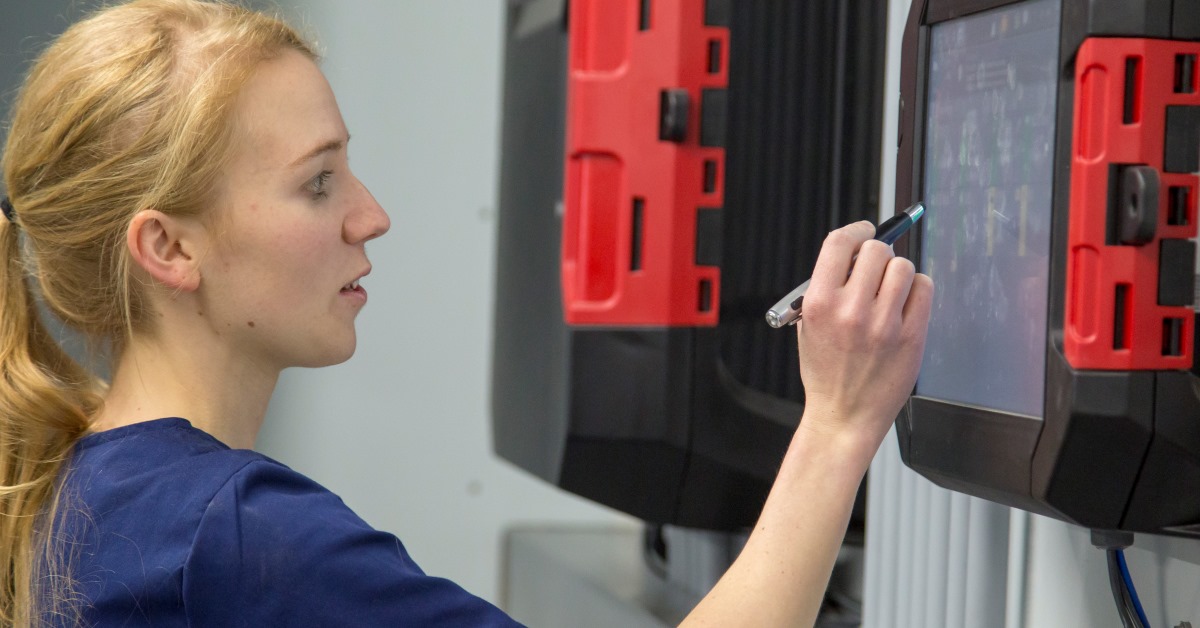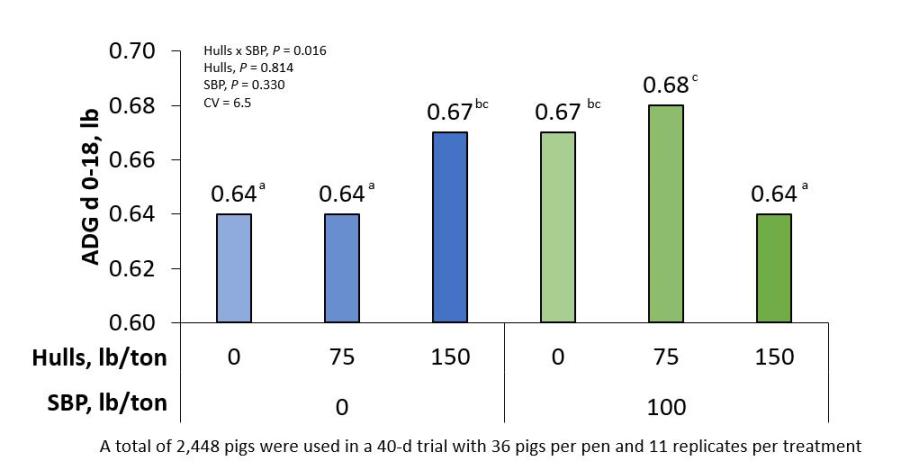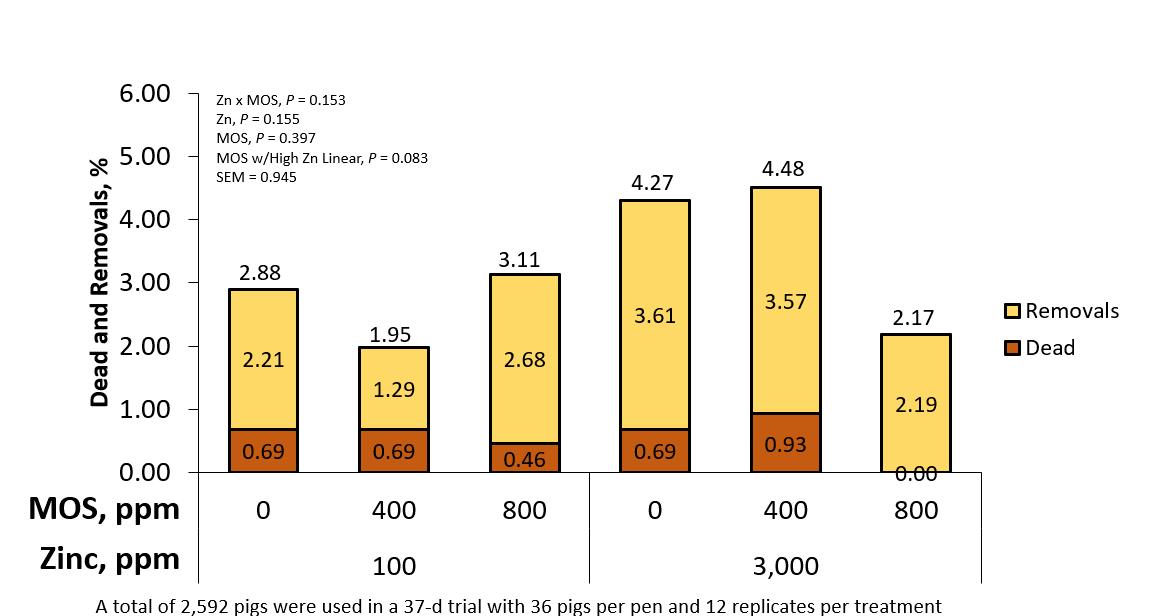
At Hubbard Feeds, one of our main goals is to provide science-driven solutions to our customers. To achieve that, each year we conduct more than 20 commercial scale trials with nursery and grow-finish pigs on a diverse range of topics, from core nutrition all the way to the development and testing of novel technologies.
We also believe it is critical to disseminate our findings to the scientific community, allowing our peers to question them, exchange information, provide insights and hopefully learn together.
This year we broke our own record, publishing five abstracts at the 2023 Midwest meeting of the American Society of Animal Science in Madison, Wisconsin. Below are some of the key findings of each study:
- Effects of wheat middlings and sugar beet pulp on growth performance of nursery pigs
- Objective: Determine the interactive effects of wheat middlings and sugar beet pulp.
- Summary: No interactive effects were observed between the fiber sources. Pigs fed 15% middlings had decreased performance, and a minor impact was observed by feeding up to 5% sugar beet pulp.
- Objective: Determine the interactive effects of wheat middlings and sugar beet pulp.
- Effects of soy hulls and sugar beet pulp on growth performance of nursery pigs
- Objective: Determine the interactive effects of soy hulls and sugar beet pulp.
- Summary: An interaction was observed between the two fiber sources. The best performances were observed with 150 lb./ton of soy hulls or a combination of 75 lb./ton of soy hulls and 100 lb./ton of sugar beet pulp (Graph 1). Interestingly, those two treatments had the lowest removal rates numerically.
- Objective: Determine the interactive effects of soy hulls and sugar beet pulp.
Graph 1. Average daily gain of pigs fed different levels of sugar beet pulp and soy hulls.

- Effects of standardized ileal digestible lysine, fiber level and amino acid ratios on growth performance of nursery pigs
- Objective: Determine the interactive effects of SID Lys, dietary fiber, and functional amino acid ratios.
- Summary: No interactive effects were observed. Pigs fed low-Lys diets had decreased performance. High-fiber diets reduced G:F but did not impact ADG or ADFI. Pigs fed high-functional amino acid ratios had improved G:F.
- Objective: Determine the interactive effects of SID Lys, dietary fiber, and functional amino acid ratios.
- Effects of soybean meal and functional amino acids on growth performance of nursery pigs
- Objective: Determine the interactive effects of soybean meal and the functional amino acids threonine, tryptophan and methionine.
- Summary: A minor positive effect of functional amino acids was observed, with no effects of soybean meal on growth performance of weaned pigs.
- Objective: Determine the interactive effects of soybean meal and the functional amino acids threonine, tryptophan and methionine.
- Interactive effects of zinc oxide and mannan oligosaccharides on nursery swine performance
- Objective: Determine the interactive effects of ZnO and mannan oligosaccharides for nursery pigs.
- Summary: Pharmacological levels of ZnO improved overall performance, yet the pigs fed basal levels of ZnO showed compensatory responses during the late nursery stage. Pigs fed the highest Zn levels had a marginally increased morbidity occurrence. Additionally, the MOS product showed promising results by lowering the morbidity and mortality rates observed in the high ZnO treatment (Graph 2).
- Objective: Determine the interactive effects of ZnO and mannan oligosaccharides for nursery pigs.
Graph 2. Mortality and removal rates of pigs fed pharmacological levels of ZnO in combination with MOS.

Research is a core component of our culture. Although it can sometimes be a slow and incremental process, sharing our findings with customers and other scientists allows us to refine our research and make it more relevant and applicable each year. Providing solutions that are backed by science and answering the most relevant questions is ultimately what drives our R&D program and our company.
These abstracts will soon be available at the ASAS website: https://www.asas.org/sections/midwest-section/programs_abstracts
- Log in to post comments
